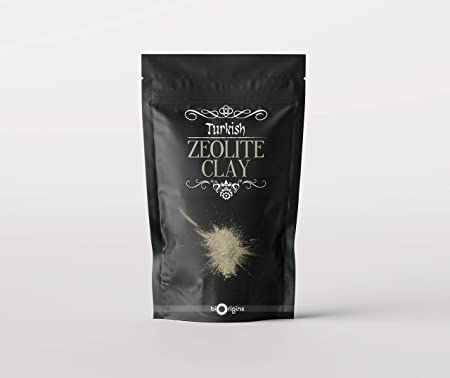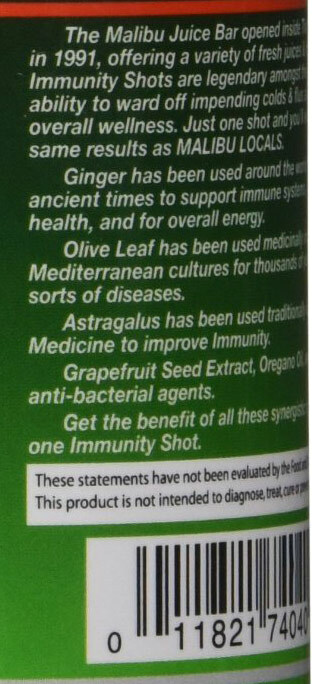
For endurance events such as marathons and ultramarathons, triathlons and Ironmans alike, carboloading foods can also come in handy before a long hike, race, or climb. These types of activities require a large amount of energy, and carbo-loading foods can help prevent muscle depletion. Carbo-loading should be avoided unless you plan to run a marathon or ultramarathon.
Carb-loading describes carboloading meals that are eaten before an endurance event. Do not eat foods that are high in glycemic. This can cause a decrease in blood glucose. High-protein meals are better than large pasta dinners, as they can improve your performance.
Healthy eating should include at minimum a few carboloading items. The best time to carb-load is two to three days before an event. Your muscles will feel rested and ready to go when you do this. Generally, you should consume 2.3 to 5.5 grams of carbohydrate per kilogram of body weight a day. Do not eat too many carbohydrate if you are nervous. Instead, snack on crackers and chicken noodle soup.
Glycogen stores last approximately 30 minutes when you exercise. By carbo-loading foods prior to a workout, you'll extend the period of time that glycogen is available. You'll have more fuel to last longer and less fatigue. This can boost your performance during marathons or intense runs. You can also donate any remaining carbohydrates to Missoula Food Bank if you are concerned about your diet. It's a good idea!
Carbo-loading is not likely to be a benefit for professional athletes in long-distance events. Basketball games, soccer games, and football games last roughly two hours. Because runners tend to spend their training days sitting around, it is unlikely they will be able gain the benefits of carbo loading before a marathon. For marathoners, however, the benefits can be huge as extra carbohydrates can help with recovery.

A carbohydrate load is important when training for a marathon. Marathoners should usually eat four times the normal amount. The extra weight indicates that the marathoner has successfully carb-loaded. The extra carbs will allow them to store three grams more water which will aid them in their race. This will ensure that they have enough fuel and water for the event.
Carboloading can have nutritional benefits but there are also risks. Avoid refined carbs if you are preparing for endurance events. You are more likely to experience a spike in blood sugar if you eat these foods. Refined carbohydrates can also cause blood sugar swings that are dangerous. These spikes can be dangerous to your body, causing you to become fatigued and experience excessive hunger.
Choose carbo-loading food options that are low-fat or low-fiber. High-fiber foods may have some health benefits, but they should be limited. Too much fiber can cause stomach discomfort. Therefore, it is important to choose low-fiber and high carbohydrate foods. But, you can also include fat-free food and snacks into your diet. These are often the same foods you would choose to eat if you were following a high-carbohydrate lifestyle.

Carboloading foods should have low-GI carbohydrates. However, it's important to be aware that high-fiber carbohydrate foods can cause digestive problems. This is because they are high in sugar and can cause digestive problems. When you're competing in endurance events, it is important to limit the amount of carboloading foods you eat and instead eat low-GI foods. It is important to limit your intake.
Carbo-loading is a process that requires you to be aware and meet your caloric requirements. You should be aware of your caloric requirements to compete in an endurance event. On average, you should consume 35g per kilogram of bodyweight. In addition, it's important to remember that carbohydrates are not necessary for endurance. In fact, they can cause stomach issues. Before you run a marathon, or an ultramarathon, it is important to know what carboloading foods are.
FAQ
What skills are necessary to attend culinary school
You will need to know how to cook, understand food safety regulations, and be able work under pressure in order to become a chef. You should enroll in cooking classes at local community colleges or high schools to learn how to cook. Once you have learned the basics of cooking, it is time to look for work at a restaurant.
Can you become a self-taught chef?
Yes, you can self-teach cooking! Cooking is one of those things that everyone loves doing, whether they know how to do it or not. Start cooking at home if you want to learn how to cook. Start small with things like making pancakes or spaghetti sauce for your dinner. Experimenting with new recipes is the best way to learn to cook. You may even want to make a few mistakes along the way.
The time it takes to learn to cook can vary from just a few hours up to several weeks, depending upon your skill level. Cooking is more than following recipes. There are many ways of cooking food. So if you have an idea for a recipe, use it.
What are the qualifications to be a chef?
You must hold a bachelor's in culinary arts to be a chef. A series of tests administered to you by the ACF will also be required. Once you've completed these requirements, you'll receive a certificate verifying your qualifications.
Statistics
- You'll be amazed that over 90% of CIA students receive scholarships and grants to finish their culinary studies. (ischoolconnect.com)
- In the United States, the category is estimated at $23.2 billion annually and is growing faster than the market. (washingtonpost.com)
- under 10 Kids have been taught that there is special food just for them, and Fiese says that 10 percent of kids will throw a tantrum if they don't get the food they want. (washingtonpost.com)
External Links
How To
How to cook your steak
The thickness and cooking method of any kind of meat will affect the way it is cooked. For example, thinner steaks are best cooked over low heat, while thicker ones need higher temperatures.
Also, don't cook them too long as it will cause loss of flavor. And remember always to remove the steak from the pan when it's done - this way, you won't burn yourself.
Cooking times will vary depending on how large the steak is and what degree of doneness you desire. Here are some guidelines to help you get started:
Medium Rare: Cook till medium rare. This is when the internal temperature of the food reaches 145°F (63°C). This process takes between 3 - 5 minutes per side.
Medium: Cook the meat until it reaches 160°F (71°C). This normally takes around 6 minutes per side.
Good Cooking: Cook the meat until it is done. This means that the internal temperature reaches 180F (82C). This usually requires 8 to 12 minutes per side.